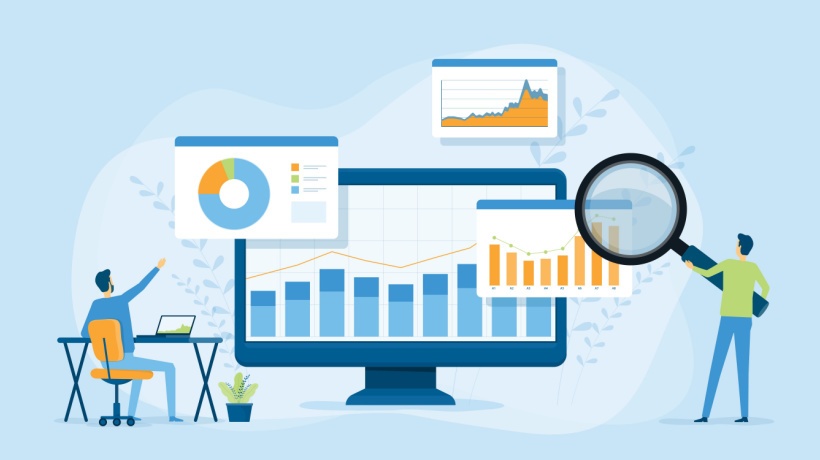How To Think About Technologies For Speed
The digital revolution and adoption of industry 4.0 technologies have certainly improved operational efficiency in all facets of business. Most of the technologies are purchased and implemented mainly for for improving KPIs and processes.
Given the pace of business, organizations now need to shift their focus to how technologies can enable faster employee development to achieve desired performance. Organizations have to implement methods, systems, and technologies that hold the potential to shorten time to employee proficiency. However, not all kinds of technologies are capable of enabling this speed in the employee development process. Leaders need to understand how much any technology will contribute toward accelerating employees’ time to proficiency.
This author’s extensive research with best-in-class organizations revealed five speed-focused strategies that learning and training leaders can use to determine the most appropriate technologies in their context. The ultimate goal of these technologies should be to speed up employee development and performance.
Technologies That Can Speed Up Employee Development And The Path To Proficiency
1. Technologies To Hire For The Right Success Behaviors
The first set of technologies should give new employees a head start in their journey. This strategy requires looking beyond the traditional focus of HR technologies to improve the processes of employee hiring, service, and demographic data.
Some technologies support monitoring and logging of seasoned employees' activities, events, and actions. Appropriate analytics can identify the success behaviors of seasoned employees who demonstrated proficiency at a faster rate. This information creates a hiring profile of the ideal candidates in terms of experience, skills, expertise, and behaviors required to come up to speed quickly after hiring. Such technologies contribute significantly to getting a clear head start to the new employees.
2. Technologies To Define And Track Proficiency Thresholds
If proper technologies are not aligned with the defined metrics, employees could be chasing unattainable thresholds. For example, if one implements a technology to track the number of monthly cold calls made by salespeople, it may not help track the proficiency metrics if those are defined in terms of sales revenues. Thus, the second set of technologies should support two things: first, the threshold or KPIs that matter to the business in a given role; and second, how close employees are to that threshold line.
Some organizations employ CRM systems to track customer-related data like contracts, revenues, sales, engagement, and service. Some organizations use ERP systems to capture financial and operational data. The combination of these systems captures the results, outputs, successes, productivity, and other KPIs of employees each employee.
Subsequent powerful analytics (e.g., PowerBI, HANA) can slice such data across several dimensions and levels. From this, leaders can figure out what really matters to the business in terms of developing employee proficiency. Based on this, one can then define proficiency metrics accurately.
3. Technologies To Profile The Work And Identify What Matters The Most
The length of the red curve depends upon how many things new employees are required to learn, do, or perform in their jobs. Focusing on essential things that matter the most leads to a much shorter time to proficiency.
Thus, organizations need technologies to understand work characteristics, like what is happening at the job. For instance, CRM technologies can perform analysis of the frequency of events on the employee activity logs. This information can identify the most significant events that matter the most. Correspondingly, one can map the essential skills to support or produce those activities, tasks, solutions, or outcomes that constitute the definition of proficiency metrics.
4. Technologies For Learning The Most Essential Things Efficiently
When people learn and apply their skills at the moment of need, their time to mastery is shortened. Performance support systems like augmented glasses or Augmented Reality-based gadgets can enable learning in the workflow at the point of need. Some AR headsets have the features to invite a network of coaches to guide the employees in real time during a task remotely. VR technologies provide near-real-life experience faster in jobs like military combat, firefighting, and medicine. Some adaptive Learning Management Systems (LMSs) can adjust the sequence of learning based on prior skills to hasten the learning path.
5. Technologies To Measure And Analyze Time
Systems like LMS, CRM, ERP offer inbuilt time stamps. Specialized time tracking apps and tools can track transactional time, like time to finish a sales transaction, or time to closure of a case or project. However, you need specific technologies or data analytics to go beyond time-to-transaction and measure true time to proficiency. Thus, the technologies you need should allow data analysis at every level of the company. Such analysis can determine the baseline time to proficiency, which forces business leaders to establish reasonable reduction targets. The technologies must support logging, tracking, reporting, and analyzing improvement in time to proficiency over the extended horizon.
Final Thoughts
To shorten the time to proficiency of employees, you need to be strategic. Choosing the right technology is extremely important to track and then shorten time to proficiency. You need to think at the systems level to implement various technologies and infrastructure elements to capture, track, and improve these metrics over time. By doing so, you can strategically focus on cutting the time out of the proficiency path progressively .









